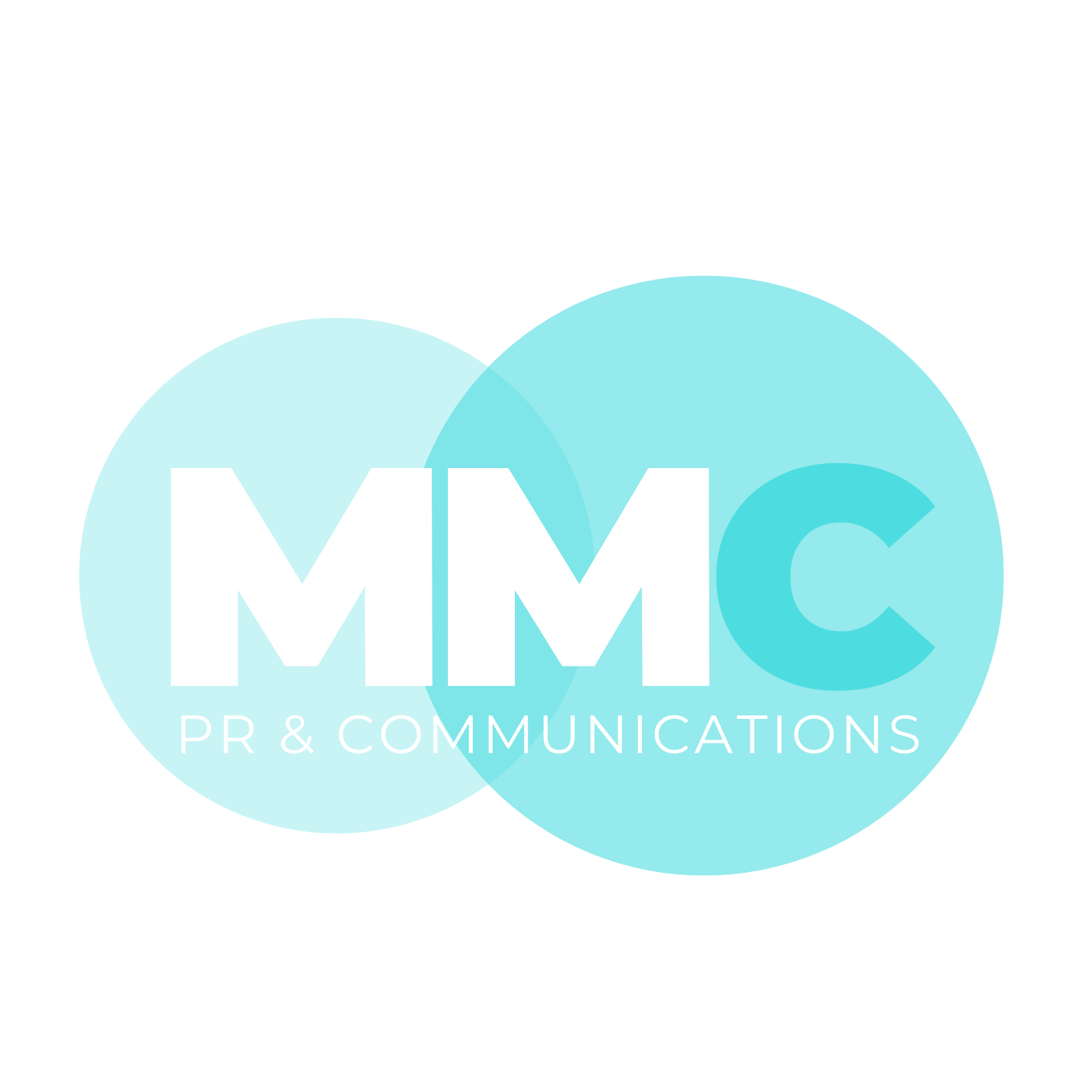How to get media coverage in 2025 - and what journalists actually want
- Phil Winter

- Jun 9
- 2 min read
Updated: Aug 5
Despite what LinkedIn might have you believe, media coverage isn’t dead.
It's just harder to get.
Journalists are working working with less time, fewer people, and full inboxes. So if you want yours to cut through, it has to be worth their attention.

So, what are journalists actually looking for this year – and what are they quietly tired of?
Write like someone who knows what they’re doing
Press releases full of jargon, buzzwords or vague waffle usually get ignored. If your story matters, say what it is and why it matters now.
Lead with a strong, clear sentence that sets the tone and makes sense to someone outside your organisation. It should tell them what’s happening and why it matters. If the key point is buried in the third paragraph, it’s already too late.
Offer a proper story - not just an update
You’re launching a service. Or hiring someone. Or moving office. That might matter inside your business, but it’s not necessarily news.
Journalists are looking for relevance, timing, and something that connects to a bigger picture. That might be:
a change in the business that signals something wider
a new angle on a current issue
a credible opinion from someone who knows what they’re talking about
a story that reflects something happening locally or nationally
Ask yourself: would anyone outside the business care about this?
Make it as easy as possible to use
Even a decent story can be ignored if it’s awkward to deal with. A good press release package gives the journalist what they need, quickly and clearly.
That includes:
a meaningful headline
a short summary at the top
quotes that sound like a human, not a brochure
a relevant, well-captioned image or two in a format that doesn’t require downloading or resizing
a named contact who can respond quickly, with availability for interview if needed
a bit of context if it links to something current
Follow up once. Then leave it
If you don’t hear back, a polite follow-up a couple of days later is fine. Any more than that and you’re bordering on annoyance.
Also, check it’s gone to the right person. The lifestyle editor doesn't want your fintech story.
The basics still matter - but the bar’s higher now
If you want proper coverage, you’ve got to do the groundwork. That means having something worth saying, saying it clearly, and knowing why it matters.
Not 400 words of company fluff or something you’ve had to pad out.
Just a good story, well told.
And yes - proofread it. Then proofread it again.




Comments